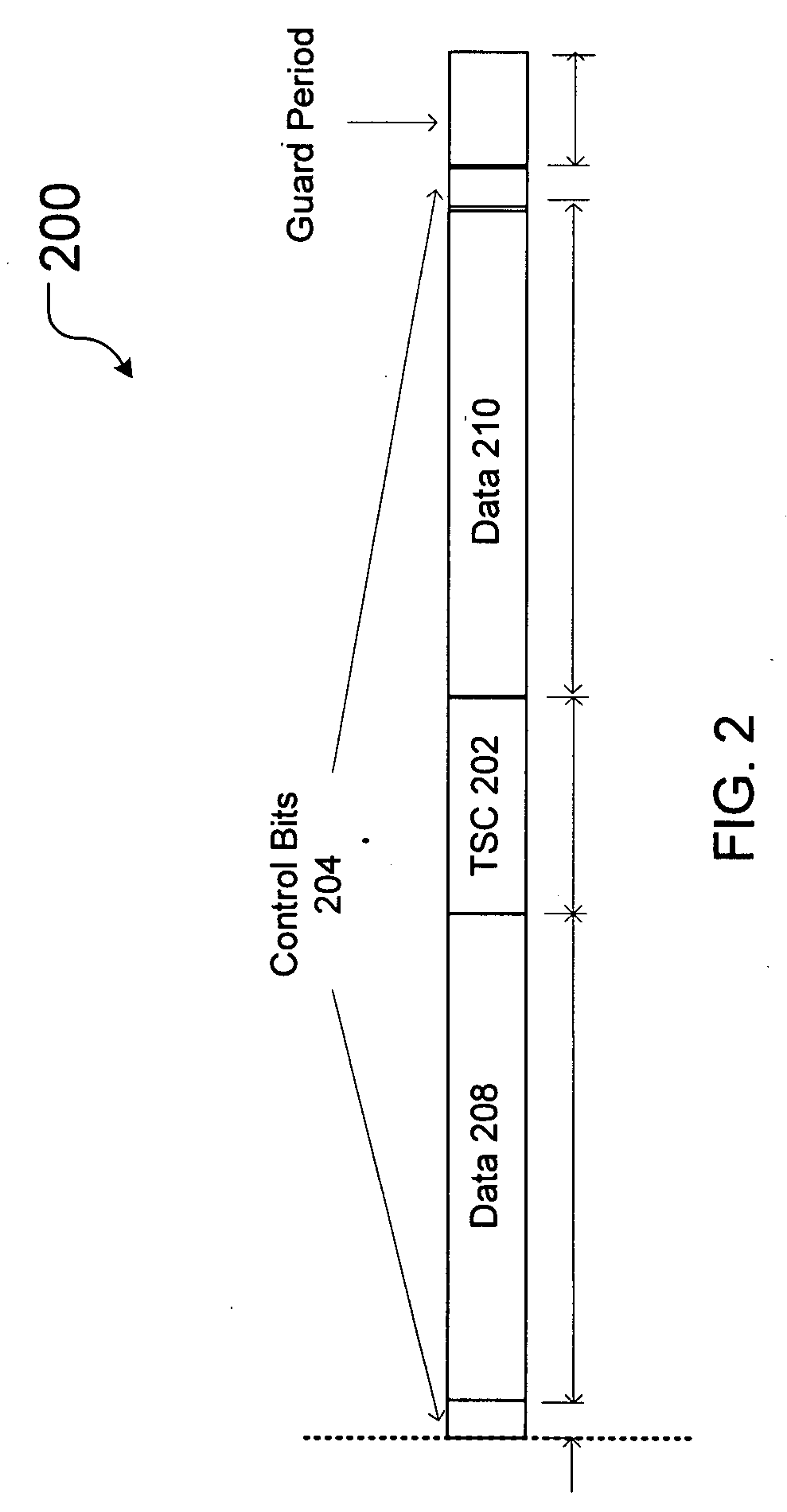Interference cancellation and receive diversity for single-valued modulation receivers
a receiver and receiver technology, applied in the direction of amplitude demodulation, line-fault/interference reduction, instruments, etc., can solve the problems of increasing the physical distance between the receiver of interest and the interference, increasing the amount of interference, so as to increase the diversity order of the receiver, increase the gain of interference cancellation, and increase the effect of interference cancellation
- Summary
- Abstract
- Description
- Claims
- Application Information
AI Technical Summary
Benefits of technology
Problems solved by technology
Method used
Image
Examples
Embodiment Construction
)
[0029]The exemplary embodiments described herein may be applied to interference cancellation for a wireless downlink channel, i.e., a channel conveying information from a cellular antenna transceiver or base station of a wireless cellular system to a multiple antenna receiver, and to apparatus and methods that may be implemented in a wireless communications terminal, for example, a cellular radiotelephone, wireless capable personal digital assistant (PDA) or similar communications device. Embodiments of the present invention may also be used where multiple receive antennas in a wireless cellular system, e.g., a base station multiple antenna receiver, desire interference cancellation in order to enhance signal quality and capacity. It will be further appreciated, however, that the present invention may be used in other environments, e.g., in other types of wireless applications or in wireless multiple antenna receiver applications in which traditional interference cancellation techn...
PUM
 Login to View More
Login to View More Abstract
Description
Claims
Application Information
 Login to View More
Login to View More - R&D
- Intellectual Property
- Life Sciences
- Materials
- Tech Scout
- Unparalleled Data Quality
- Higher Quality Content
- 60% Fewer Hallucinations
Browse by: Latest US Patents, China's latest patents, Technical Efficacy Thesaurus, Application Domain, Technology Topic, Popular Technical Reports.
© 2025 PatSnap. All rights reserved.Legal|Privacy policy|Modern Slavery Act Transparency Statement|Sitemap|About US| Contact US: help@patsnap.com



